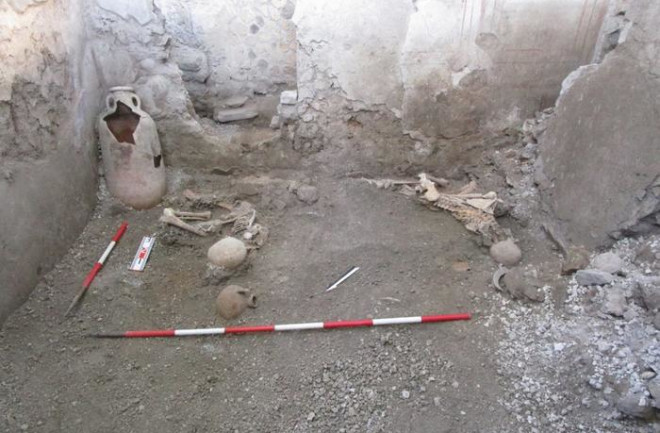Mount Vesuvius delivered a deadly one-two-three punch to Pompeii in A.D. 79. First, the volcano spewed stones high into the air, which rained down on the city. After that rock shower subsided, an earthquake shook the village. Finally, a swift river of lava, ash, and gasses — what vulcanologists call a pyroclastic flow — essentially finished off life in the village.
A new study in Frontiers in Earth Science examines the significance of that second blow —perhaps the least-understood aspect of Pompeii’s demise: the earthquake. They examined two skeletons, whose conditions on locations held some clues.
Skeletons from Pompeii
The skeletons, both from males around 50 years old, had multiple fractures and other signs of trauma.







